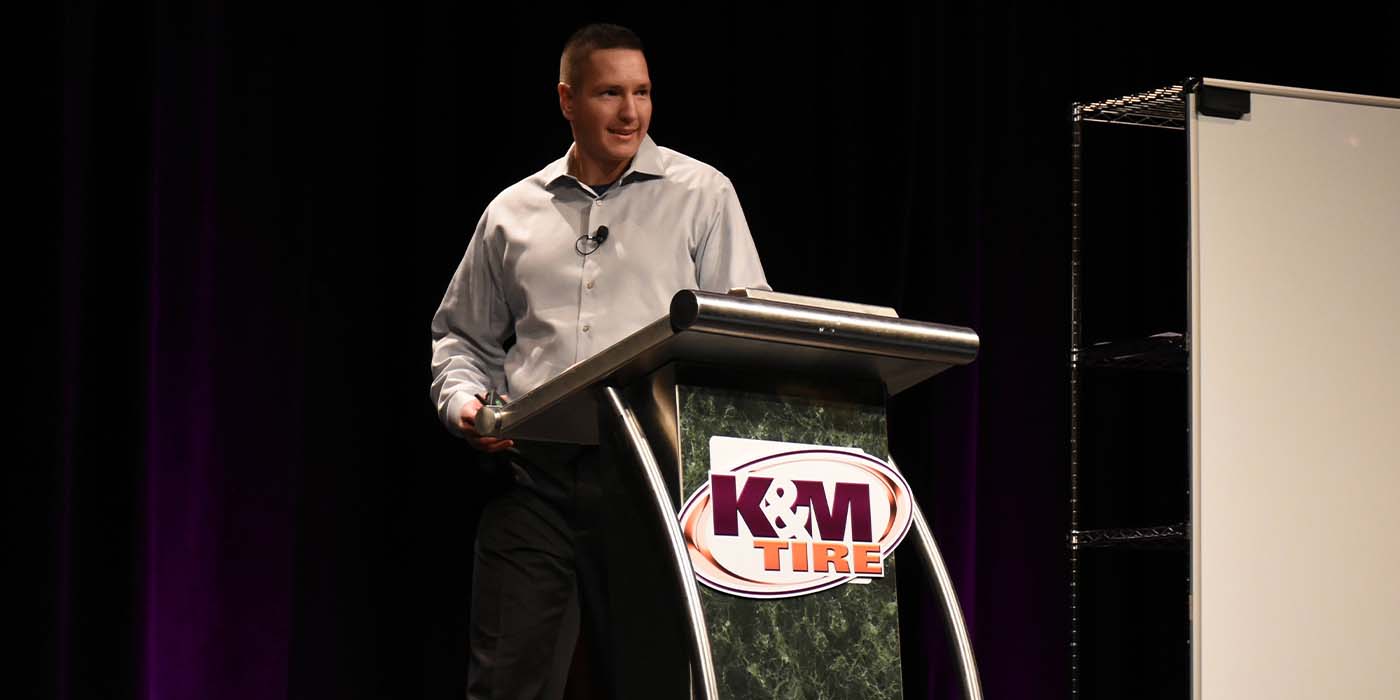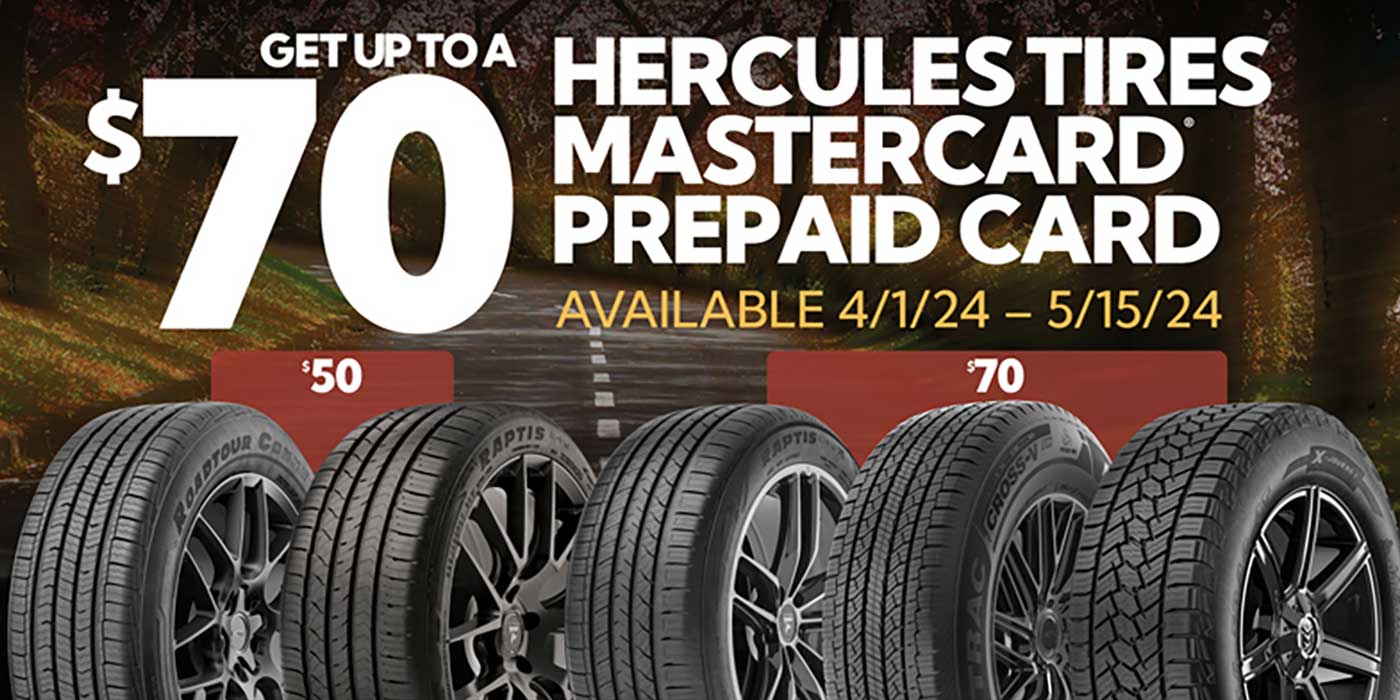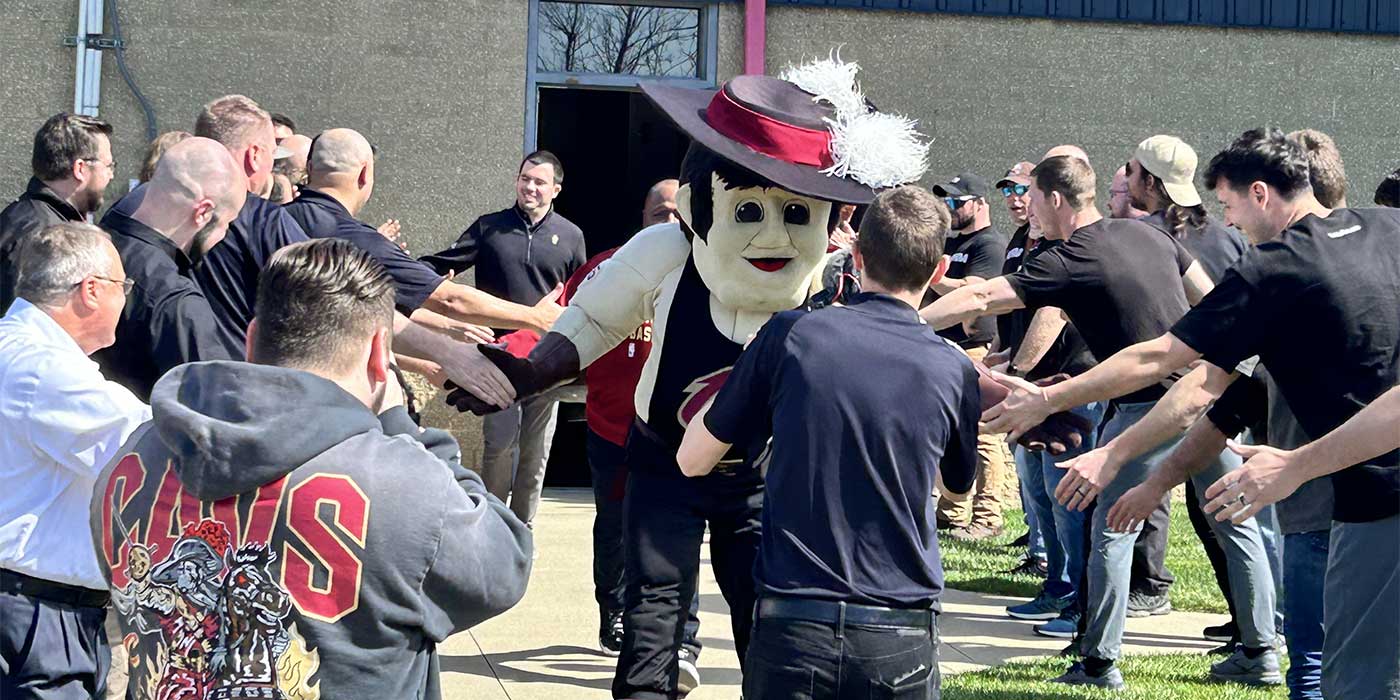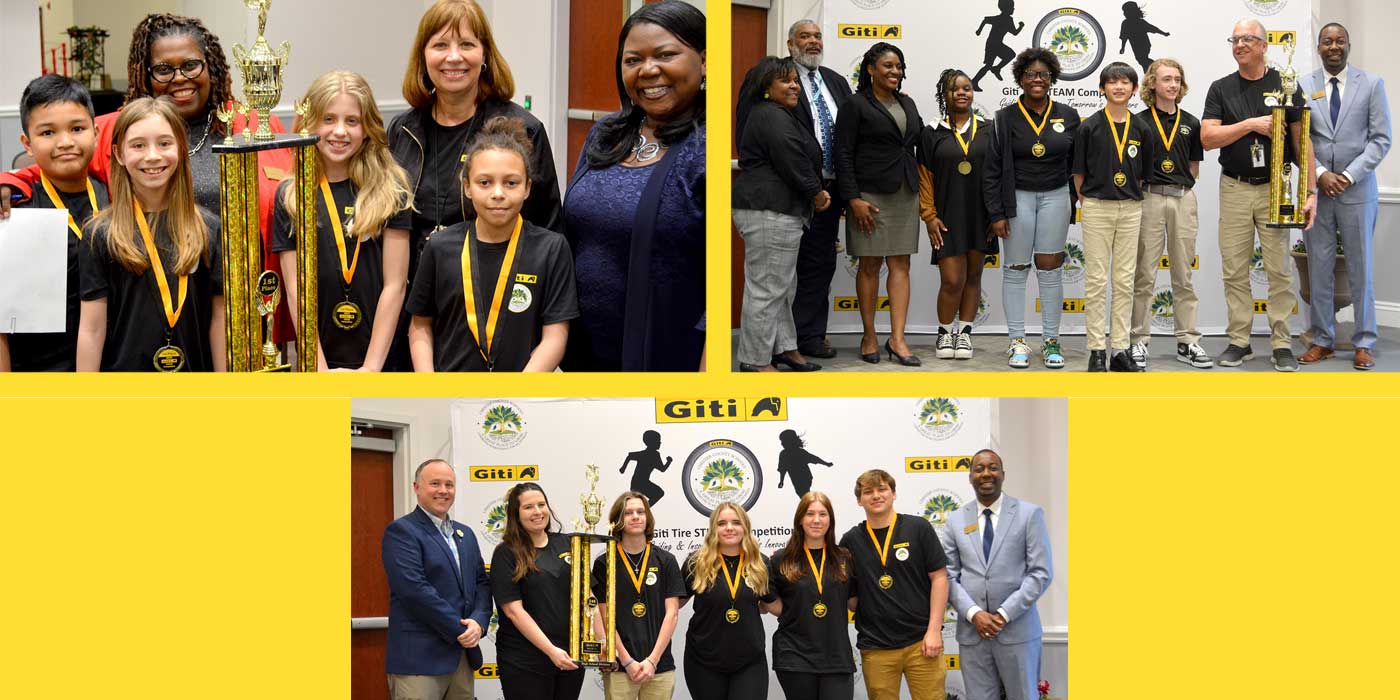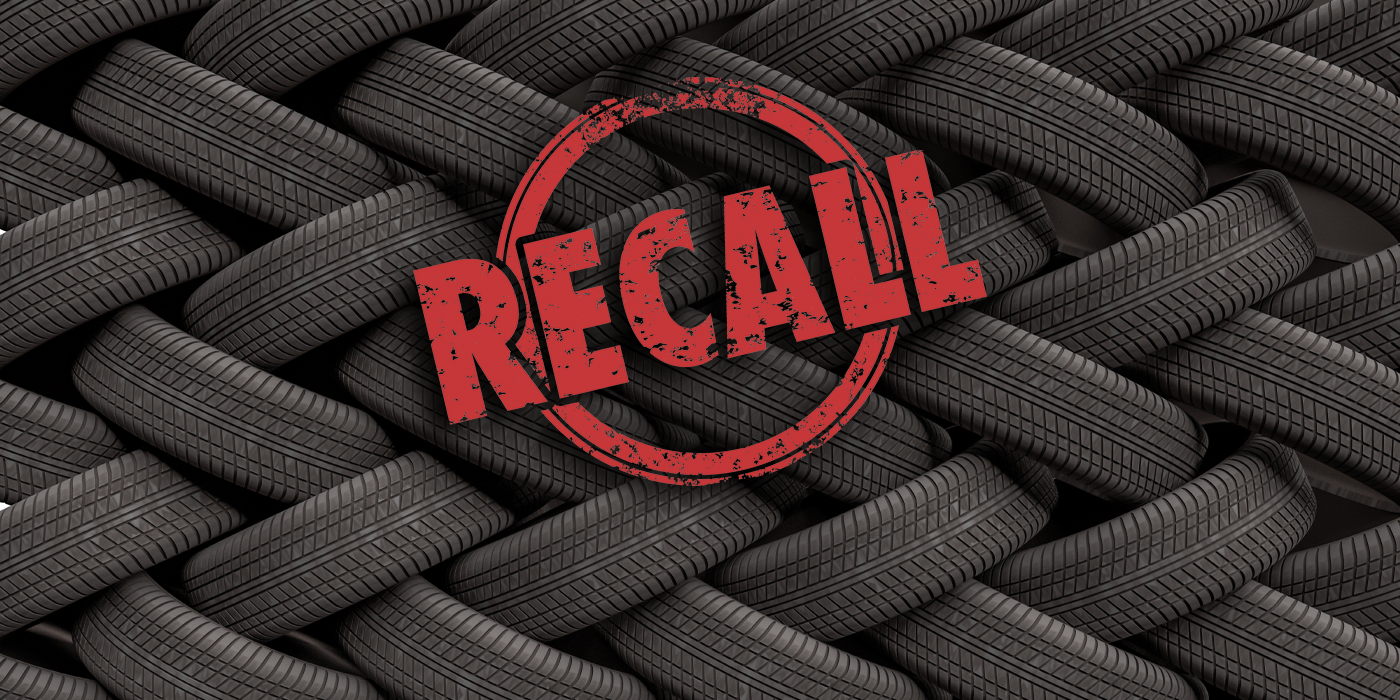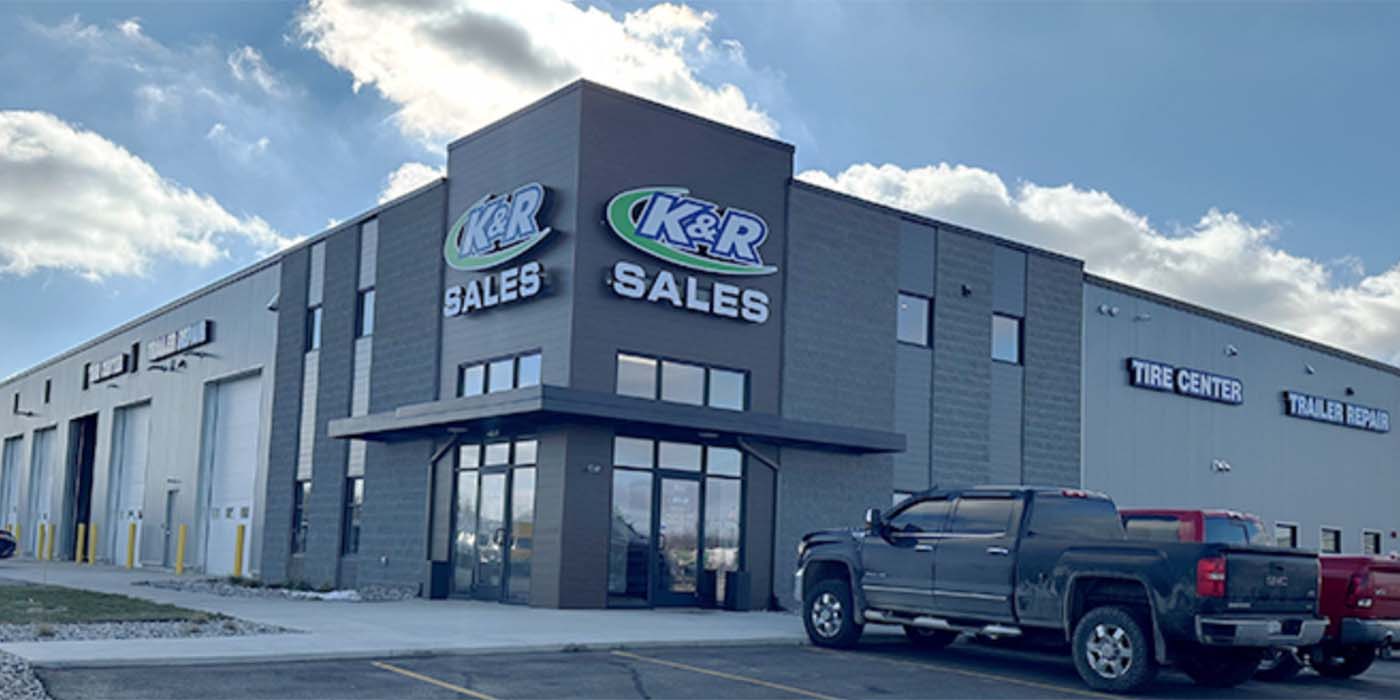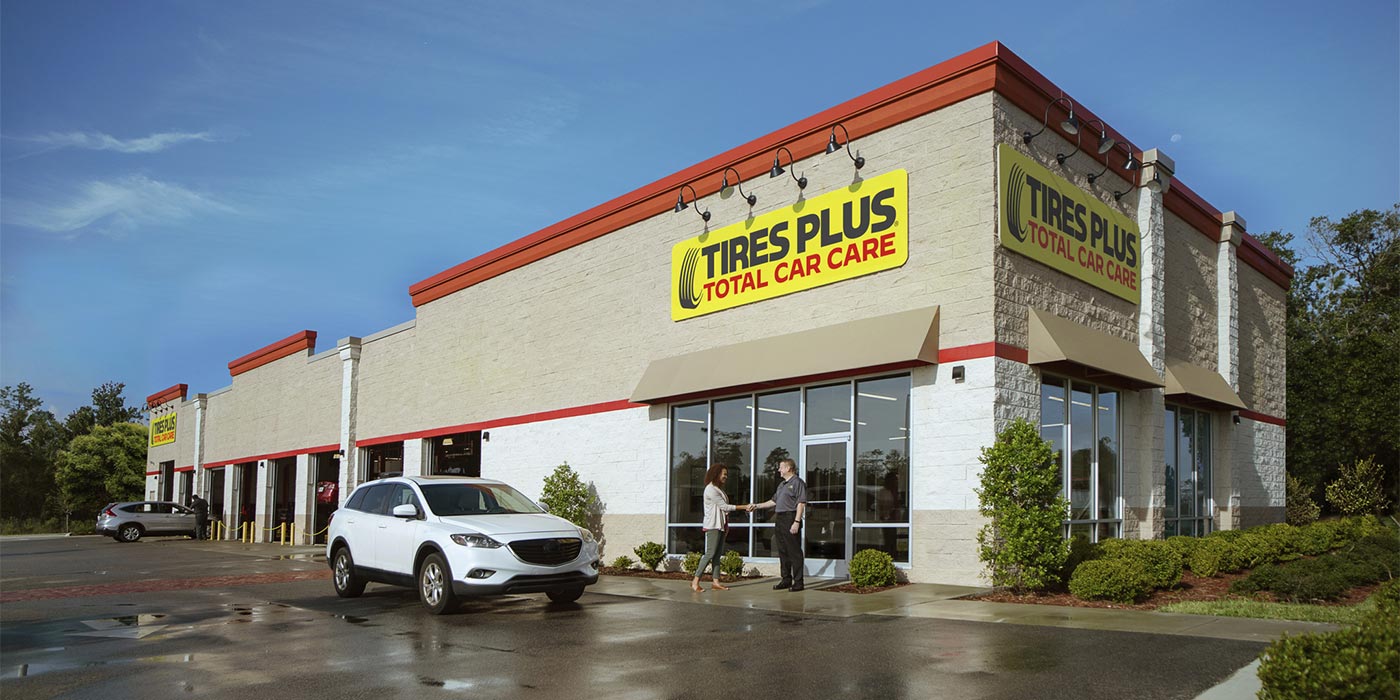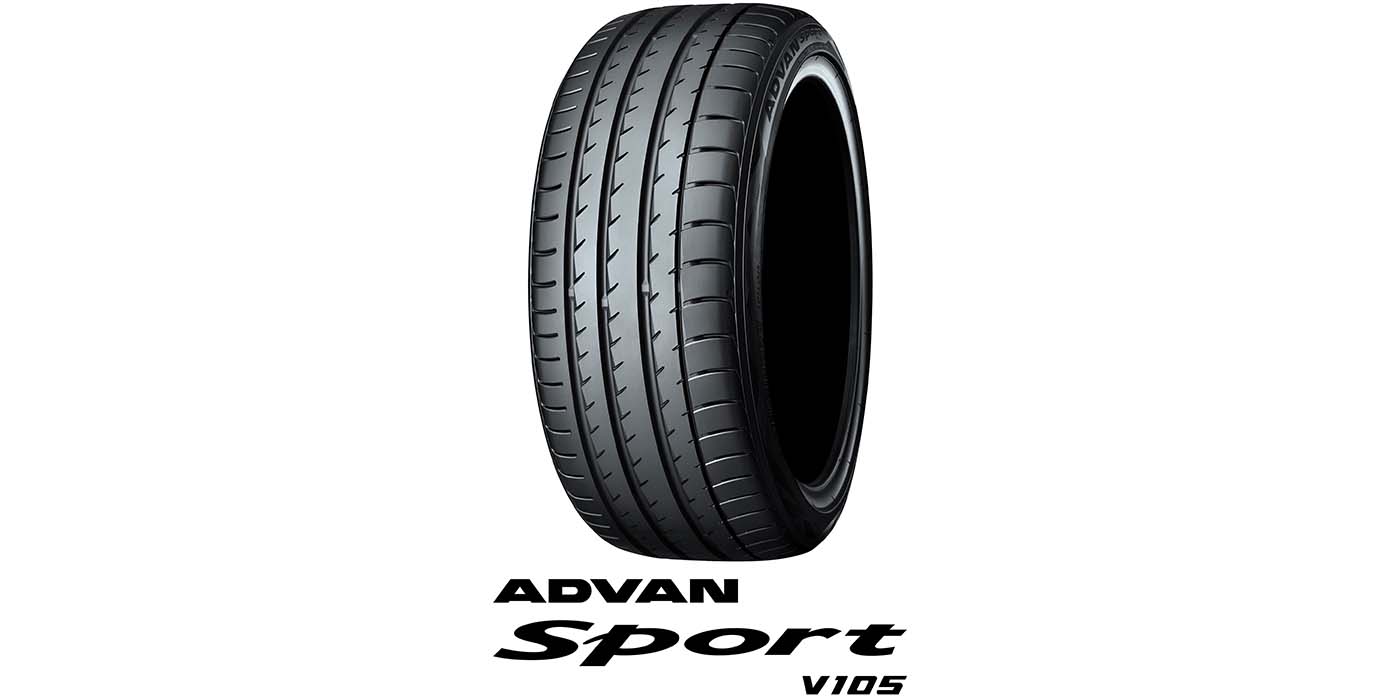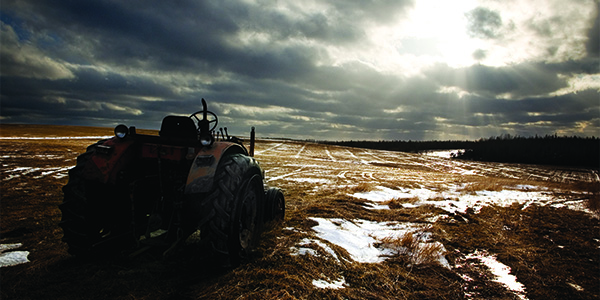
For those in the ag community who are bracing for a muddy spring, Dawson Tire & Wheel has tips to help assess existing tires and evaluate tire replacement needs this spring.
Start by assessing the tread depth of your tires. In most cases, if the lugs are less than an inch tall in the middle of the tire, it’s time to begin researching new tires.
When shopping for tires, especially in anticipation of wet conditions, look for R1W tread designs. These tires have a deeper lug than traditional R1 tires.
In wet fields, radial tires perform better than bias tires because there is a larger footprint on the ground, increasing traction as a result.
Long bar/long bar is better than long bar/short bar tread design. A curving 45-degree lug cleans better than more traditional “straighter lug” tires. The 45-degree lug R1W tires were originally engineered in countries that typically have a much higher average rainfall.
To help with self-cleaning, look for tires with features in between the lugs to help clean mud out and prevent mud from filling up in between the tire tread.
Manage your air pressure correctly. Many growers over inflate radial tires as they “look flat” with a load. Know your load and application and don’t put more air in than necessary to carry the weight and speed of your application. A radial tire is designed to flex and increasing the flexion will reduce slip and enhance mud clean out.
Understand if you need IF or VF technology in your tires. These tires are designed to carry heavier loads at lower pressure (up to 40% more). Carrying a heavy load at low pressure will reduce slip, and enhance mud clean out. Tire designs that reduce slip provide added cost savings due to reduced fuel consumption.
If your application allows it, a wider single tire will perform better in mud than duals since the mud might build up between the dual tires.


